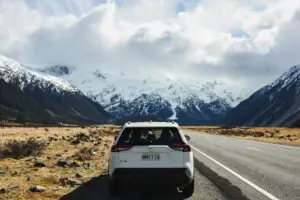AEMO is looking at how electric vehicles fit into the grid. Head of consumer analytics Greg Staib even imagines them being used as batteries at peak times, pity if you are trying to flag down a share car at the same time.
This is one of a series of podcasts taken from presentations at the recent Electric Vehicle Transition conference co-hosted by The Drivenand RenewEconomy. To hear more, please click here.











